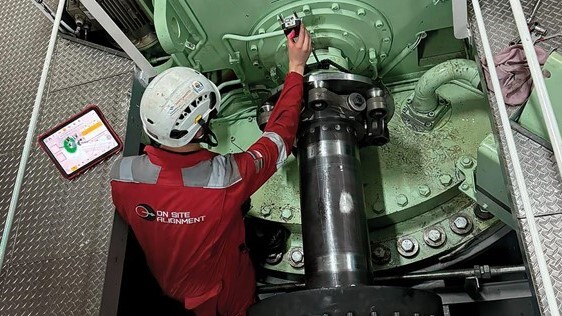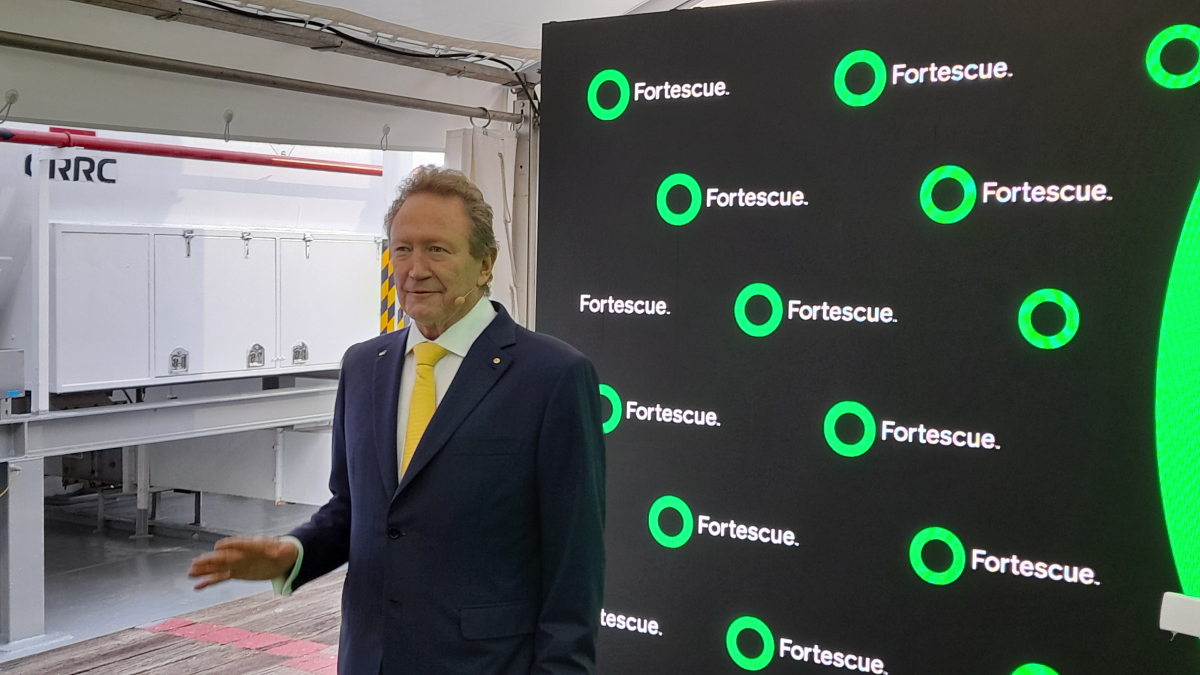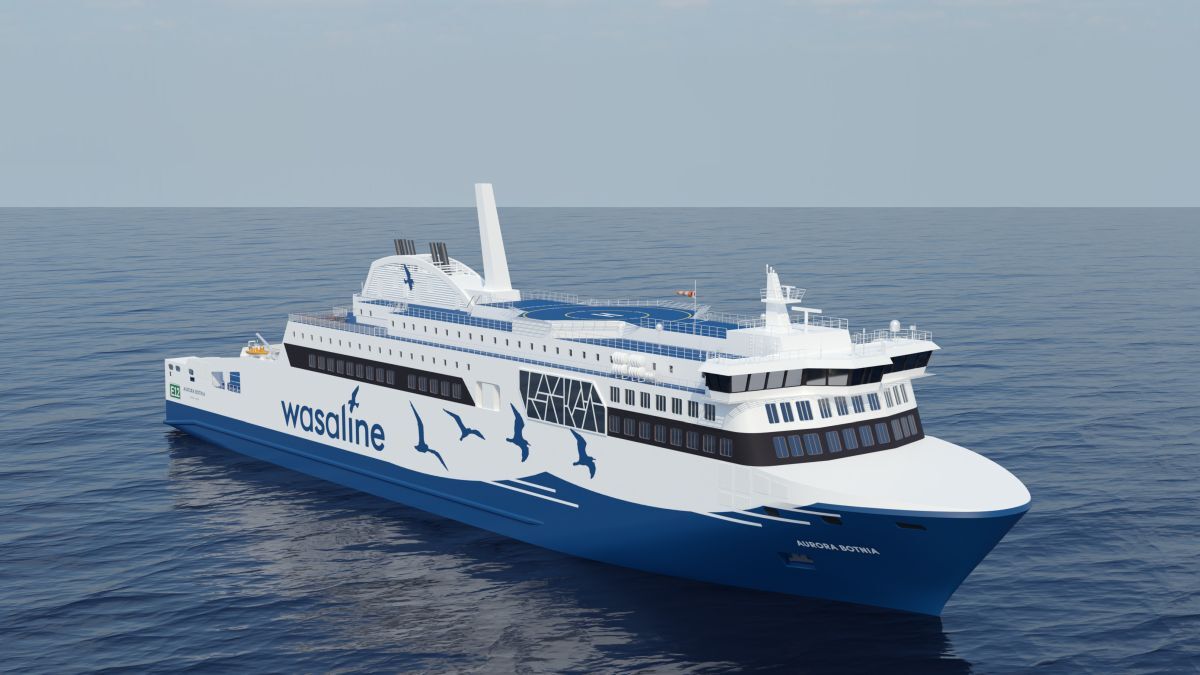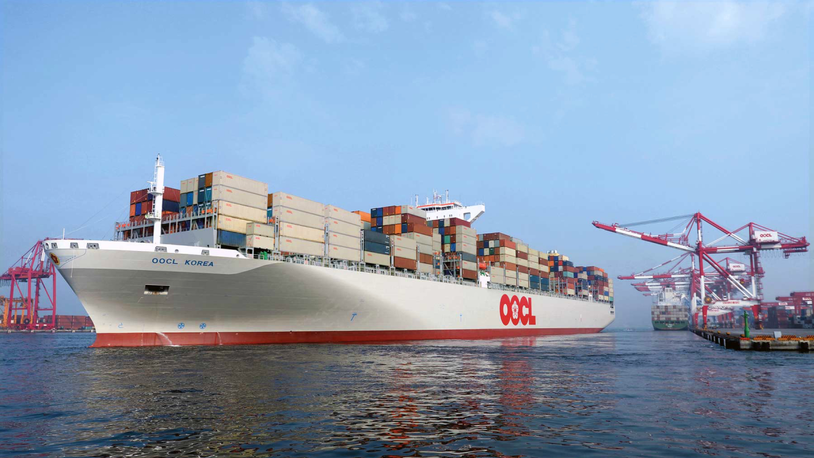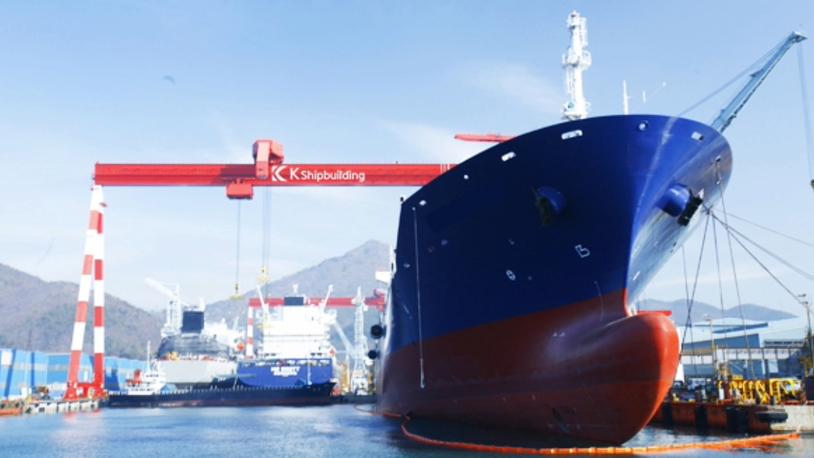Business Sectors
Events
Contents
Register to read more articles.
Using green ammonia, Fortescue aims for zero carbon emissions by 2030 with fleet investments
Fortescue plans to order newbuild ultra-large bulk carriers and to retrofit ships in its iron ore transport chain to run on ammonia fuel
Australian iron ore mining and transport giant Fortescue intends to run its owned bulk carriers on ammonia from 2030 and to convert existing ships in its fleet within five years.
Fortescue chairman Andrew Forrest pledged to retrofit Fortescue ships with green ammonia engines by 2030 and for any newbuild orders to include these engines when they are commercially available.
Mr Forrest sees the company’s mining business in Pilbara, Western Australia, achieving net-zero emissions by 2030, with renewable energy supplying zero-emissions vehicles and plant including 70 electric-powered diggers, 60 6-MW fast chargers, and electric trains and ship-loading equipment at the terminals.
Mr Forrest also wants the shipping fleet to go green. “All new ships will be ammonia capable, and we are not going to bother with dual fuel,” he said.
Fortescue owns around 80 bulk carriers and charters in a similar number from various owners to transport iron ore worldwide from its Australian mines. The company has invested US$6.2Bn to construct a solar farm to generate green power at scale for its zero-emissions ambitions.
Mr Forrest said it makes sense to transition to green, safe hydrogen and ammonia fuels, missing out LNG as a transitional step.
“Technology is fully underway for green energy and using green electricity, for going from fossil fuels straight to green fuels,” he said. “Green ammonia can be made anywhere. Solar panel and wind turbine costs are falling. The technology is becoming better and cheaper.”
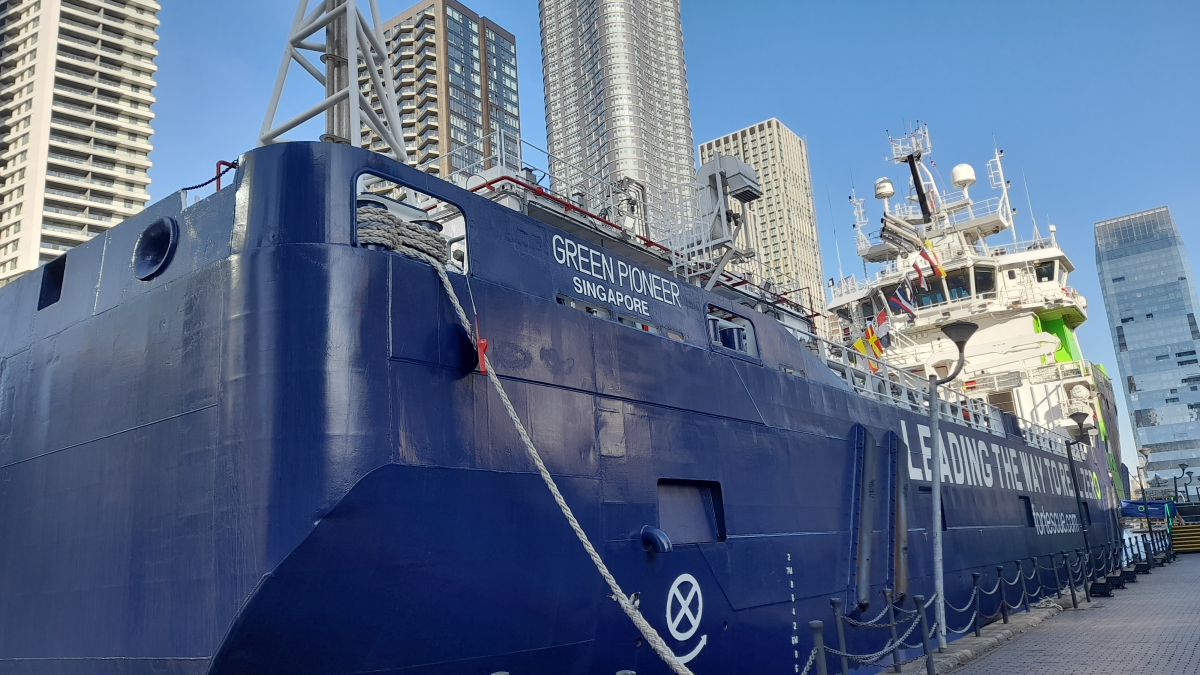
Mr Forrest is urging the shipping industry, through IMO, to follow Fortescue’s example and go for green ammonia. He said shipping companies selecting LNG as a transitional fuel, and the banks providing the facilitating finance, are ’green washing’ and delaying the industry’s move to zero emissions.
He is looking to IMO to enable the industry’s move to using green ammonia as soon as possible, and well before the 2050 ambition of the UN entity.
“2050 is too long away,” Mr Forrest said. “Net zero means companies can green wash themselves out of everything and nothing will change.”
He confirmed Fortescue will be ready to produce green ammonia using solar energy to first provide energy to electrolyse water to generate hydrogen, which will be combined with nitrogen to synthesise the green fuel.
“Why go for green ammonia? We can make green hydrogen now and we are on the way to producing green ammonia. It will take a few years, but it will come.”
Mr Forrest was speaking on the deck of ammonia dual-fuel offshore support vessel Green Pioneer while it was docked in east London, UK, on 9 March 2025.
Fortescue acquired this platform supply vessel before it was to be decommissioned and converted it to demonstrate technical operations with ammonia.
Green Pioneer has four Cummins KCA 50 four-stroke engines, two dual-fuel ammonia/diesel, running four Schottel rudderpropellers. It has an advanced ammonia fuel storage and handling system, complex bunkering manifold, safety shut-off and containment systems, and a scrubber to handle unburned ammonia and prevent any escaping.
Ammonia is stored on Green Pioneer at pressure and atmospheric temperatures, then transported and depressurised along the handling route within double-skinned pipes.
Green Pioneer is the world’s first fully classed and flag-approved dual-fuel ammonia-fuelled ship.
In the KCA 50 engines, Fortescue has run up to 70% ammonia and 30% diesel, but on average runs them at 30% ammonia and 70% diesel during demonstrations.
Exhaust from all four engines goes through selective catalytic reduction units to remove NOx, while ammonia slip is recycled through the scrubber.
Marine Fuels Webinar Week: Beginning Monday 7 April, Riviera will be holding a series of five webinars focused on marine fuels. Using this link for more information and to register for these webinars.
Related to this Story
Events
Maritime Environmental Protection Webinar Week
Cyber & Vessel Security Webinar Week
The illusion of safety: what we're getting wrong about crews, tech, and fatigue
Responsible Ship Recycling Forum 2025
© 2024 Riviera Maritime Media Ltd.

